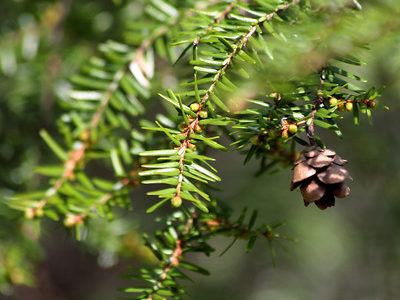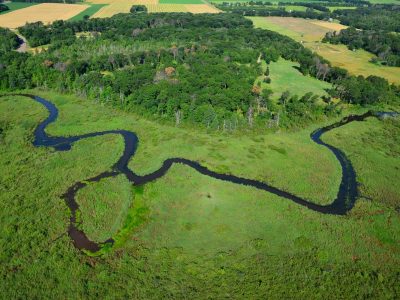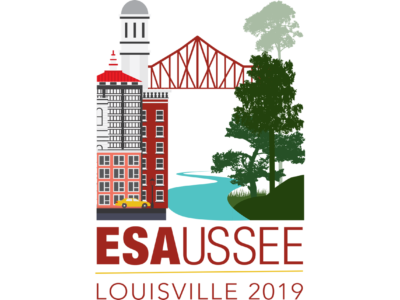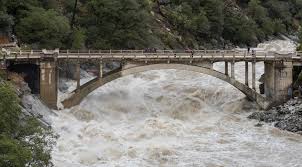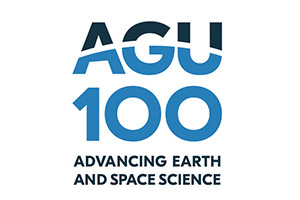Legacy carbon takes a hit as younger forest stands burn
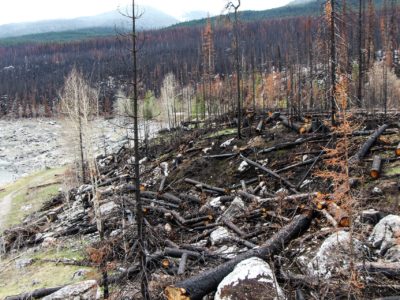
In 2014, massive wildfires swept through the Northwest Territories of Canada, burning over two million hectares of boreal forest, as well as the highly organic soils on which they stood. Researchers with the Bonanza Creek LTER used this unplanned experiment to learn whether the carbon released from burned land had been recently deposited or if… Read more »

